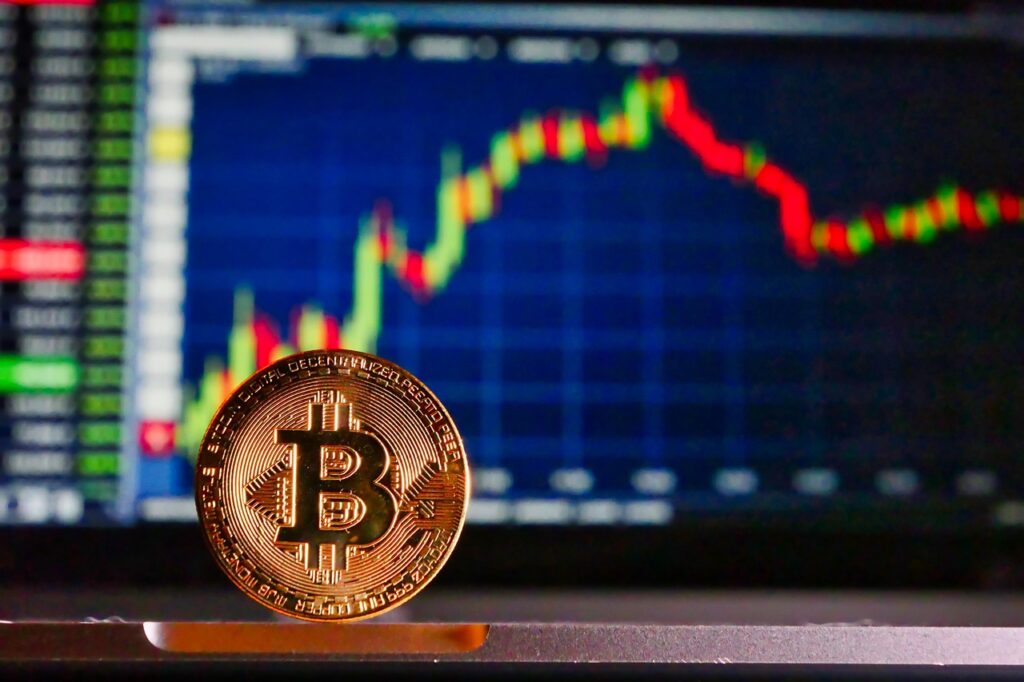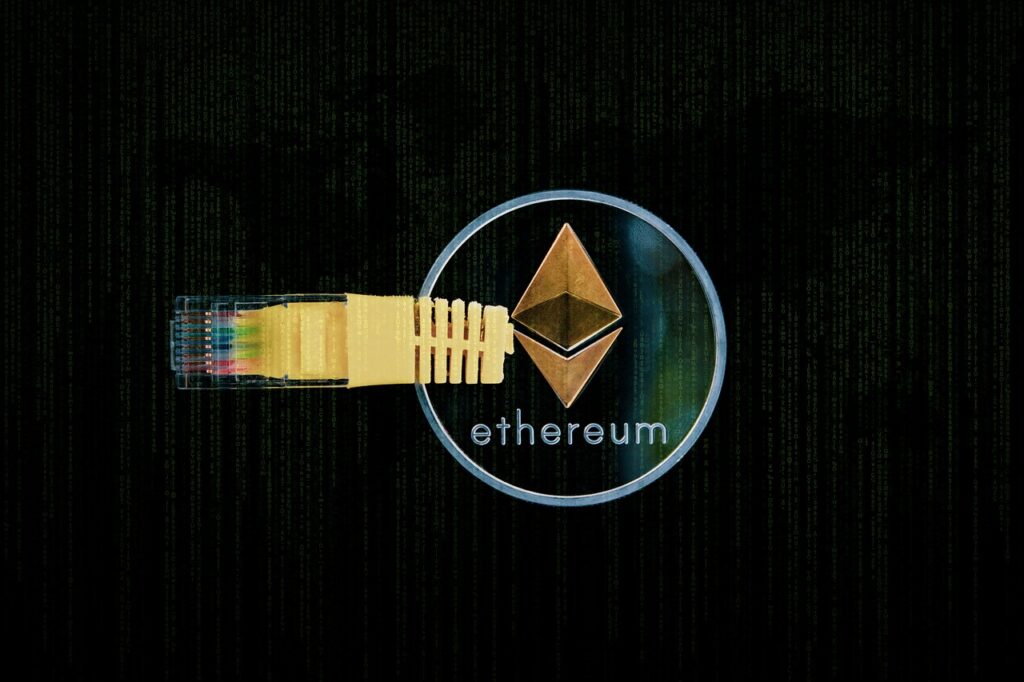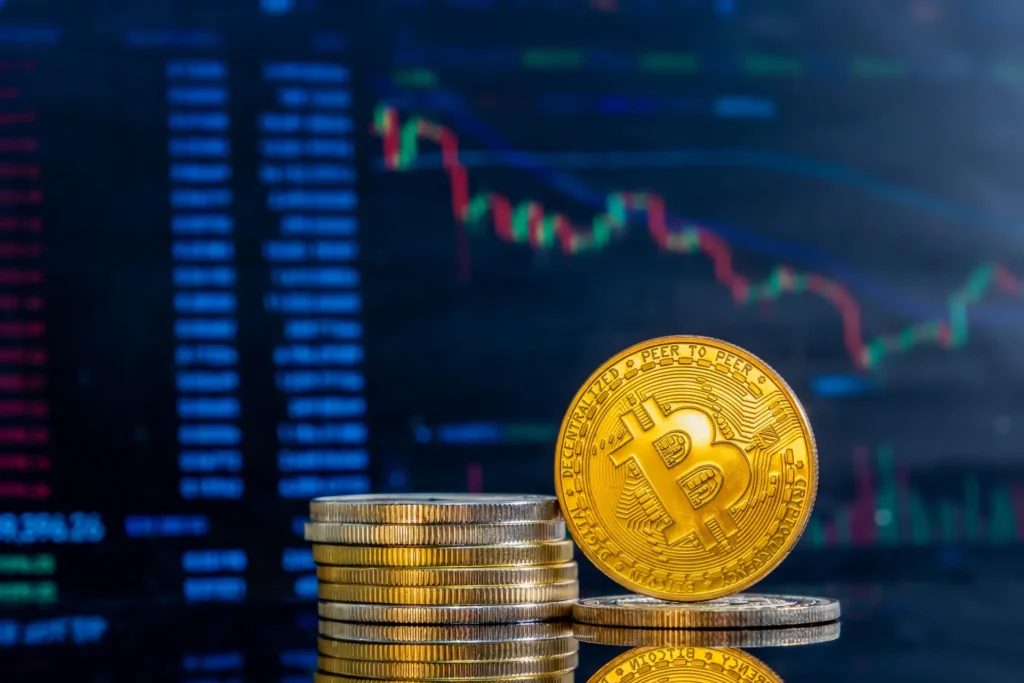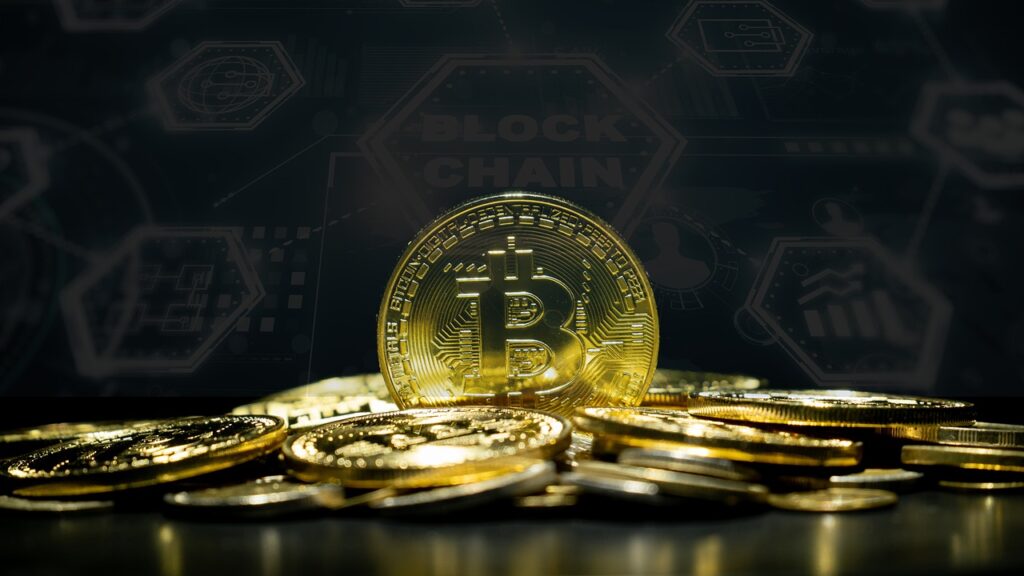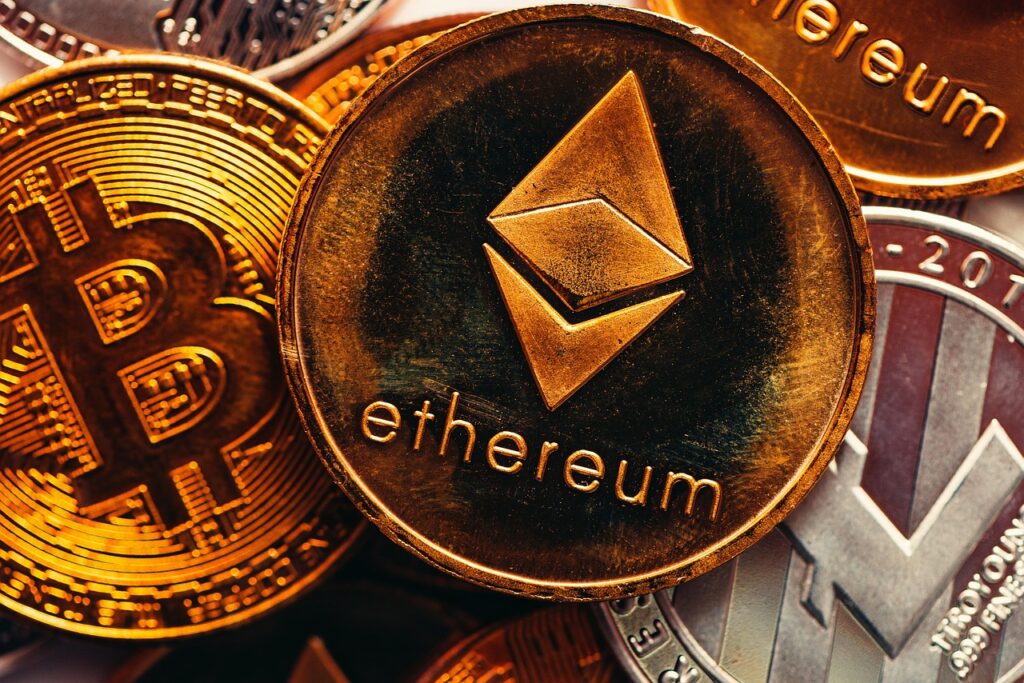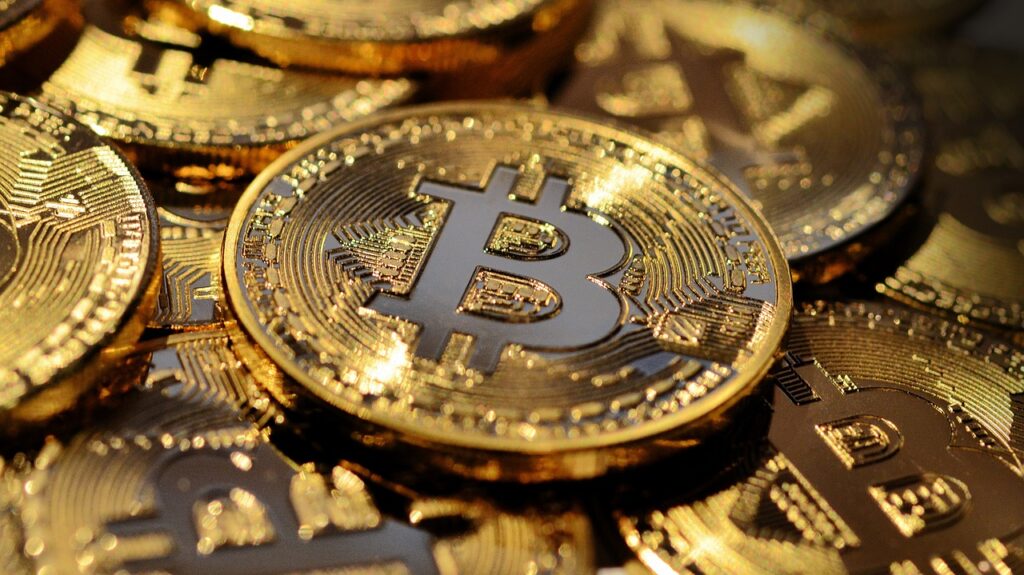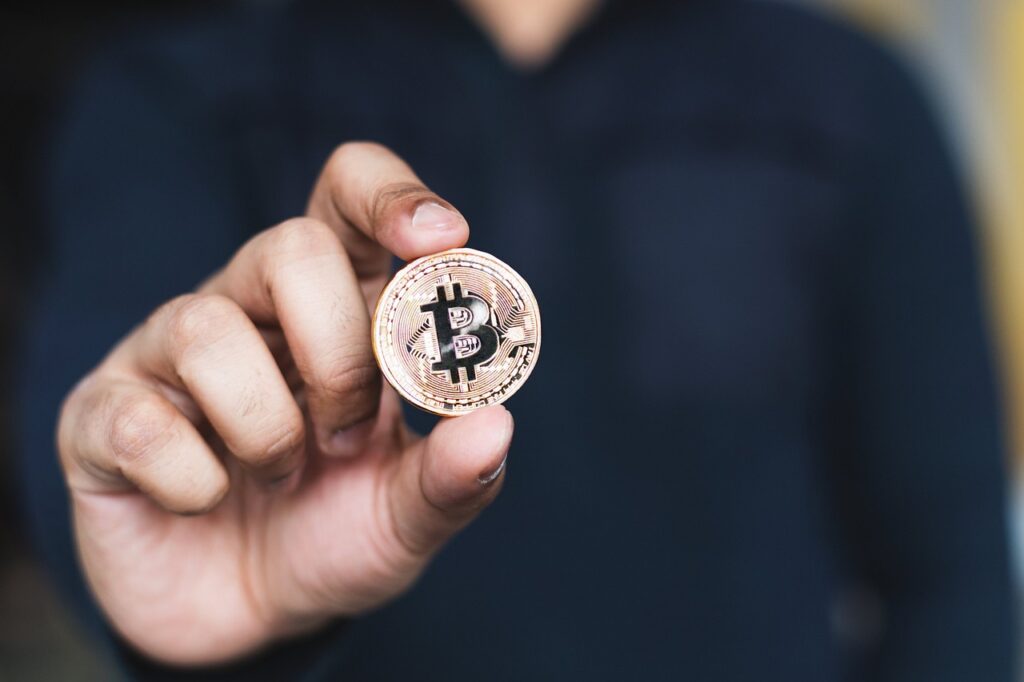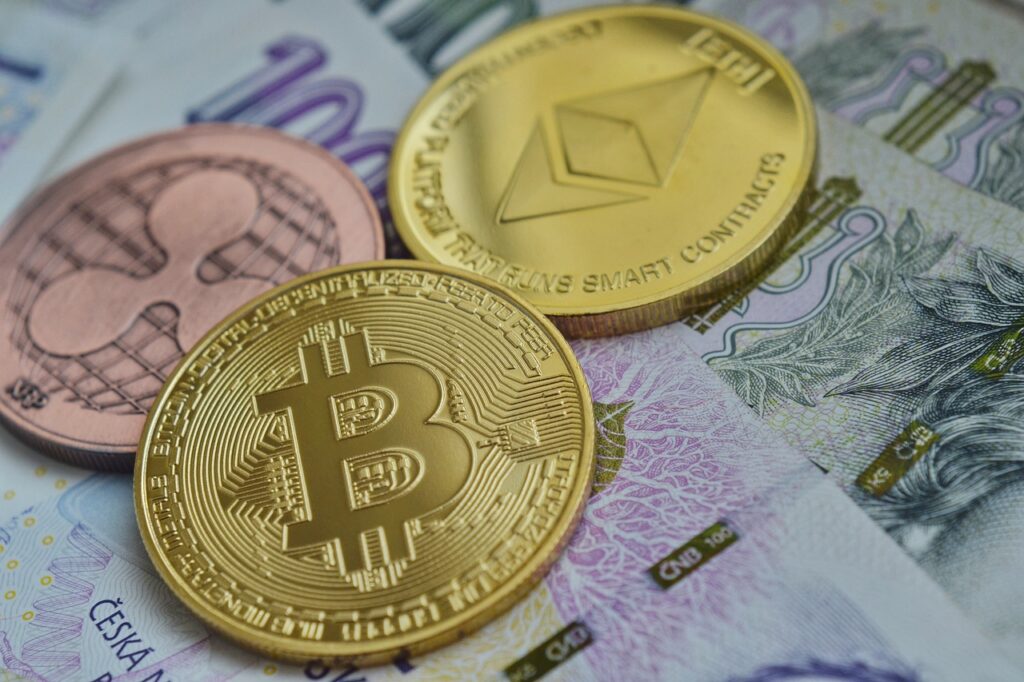Look, I’ve been in crypto long enough to see the eye-rolls when Bitcoin comes up at family dinners. “Internet money,” my uncle calls it. But what most people don’t realize is that this “internet money” has a rich, messy, and frankly fascinating history that stretches back way before anyone was getting rich off it.
I dug through the archives to trace Bitcoin’s journey from obscure internet experiment to the headline-grabbing financial beast we know today. Grab a coffee – this is going to be a trip.
Table of Contents
- 1 Before Bitcoin Was Cool (1983-2007)
- 2 The Birth of Bitcoin (2008-2009)
- 3 The “Is This Actually Real?” Phase (2010-2011)
- 4 Growing Pains (2012-2013)
- 5 Identity Crisis (2014-2016)
- 6 To The Moon (2017-2018)
- 7 The Comeback (2019-2020)
- 8 The Year Everyone Paid Attention (2021-2022)
- 9 The Phoenix Rises Again (2023)
- 10 The ETF Tsunami (Early 2024)
- 11 The Fourth Halving and Fed Pivot (Mid 2024)
- 12 The Trump Trade (Late 2024)
- 13 The New Normal (Early 2025)
- 14 So What Is Bitcoin Price, Really?
Before Bitcoin Was Cool (1983-2007)
Bitcoin didn’t just appear out of thin air in 2008, despite what most newcomers think. The groundwork was being laid by cryptography nerds (I say that with love) for decades:
- Back in 1983, David Chaum and Stefan Brandt were already tinkering with electronic cash protocols while most of us were still fascinated by cassette tapes
- In 1997, Adam Back created something called HashCash using “proof-of-work” – originally just to fight email spam, if you can believe it
- By 1998, a guy named Wei Dai outlined something called “B-money” that never took off but had eerie similarities to what would eventually become Bitcoin
None of these projects hit the mainstream, but they were essential building blocks. Kind of like how you need to learn to crawl before you can sprint.
The Birth of Bitcoin (2008-2009)
Then came 2008. Banks were collapsing, the housing market was in shambles, and trust in financial institutions was at an all-time low. Perfect timing for a financial revolution, right?
Enter Satoshi Nakamoto – a name that still sparks endless conspiracy theories. Here’s what went down:
- August 18, 2008: Someone using the name “Satoshi Nakamoto” quietly registers bitcoin.org
- October 31, 2008 (yep, Halloween): Nakamoto drops a nine-page white paper called “Bitcoin: A Peer-to-Peer Electronic Cash System” to a cryptography mailing list
- January 3, 2009: The first-ever Bitcoin block (the “genesis block”) is mined, and Satoshi gets 50 BTC
But here’s the juicy part – Satoshi embedded a hidden message in that first block: “Chancellor on brink of second bailout for banks” – a headline from that day’s Times newspaper. Not exactly subtle about his feelings toward the banking system, was he?
A few days later:
- January 12, 2009: First actual Bitcoin transaction happens when Satoshi sends 10 BTC to Hal Finney (a crypto pioneer who’d set up the second node on the network)
- October 5, 2009: First exchange rate is established – 1,309 BTC for $1
Let that sink in. One. Dollar. For over a thousand bitcoins. I still wake up in cold sweats thinking about this.
The “Is This Actually Real?” Phase (2010-2011)
At this point, Bitcoin was essentially a toy for computer geeks. Then came what might be the most expensive meal in human history:
- May 22, 2010: A programmer named Laszlo Hanyecz pays 10,000 BTC for two Papa John’s pizzas. We celebrate this as “Bitcoin Pizza Day” now, but seriously – those coins would be worth hundreds of millions today. Hope the pizza had extra toppings.
What’s often forgotten is that Laszlo wasn’t just some random pizza lover. He actually created the software that made GPU mining possible, dramatically speeding up the network. The guy was a genius who just happened to be hungry.
Then things got weird:
- August 2010: A nightmare bug creates a transaction for 184 BILLION Bitcoin (which is insane since there’s only supposed to be 21 million, ever). Devs scrambled to fix this mess with an emergency update.
- February 2011: Silk Road launches. Let’s be real – this dark web marketplace gave Bitcoin its first actual use case, but also branded it as “criminal money” for years to come.
- 2011: Bitcoin hits $1, which seemed miraculous at the time
- Mid-2011: Time Magazine publishes an article suggesting this weird internet money might actually challenge governments and banks
- Late 2011: Satoshi sends a final “I’m out” email and disappears into internet legend
- 2011: Bitcoin smashes past $10
- 2011: First “oh crap” moment for early adopters as someone gets 25,000 BTC stolen. Welcome to the wild west.
- November 2011: Litecoin launches as Bitcoin’s first serious competitor
Growing Pains (2012-2013)
By 2012, the crypto scene was starting to take shape:
- Bitcoin Magazine launches, co-founded by a teenage Vitalik Buterin (who would later create Ethereum – but that’s another story)
- November 2012: First “halving” event cuts mining rewards from 50 to 25 BTC
- March 2013: A technical glitch causes a split in the blockchain (a “fork”). Early reminder that this technology was still held together with digital duct tape.
- March 2013: Bitcoin’s market cap passes $1 billion. Mainstream financial media starts paying attention.
- October 2013: Chinese tech giant Baidu starts accepting Bitcoin (spoiler: this relationship status will be “complicated” for years)
- October 2013: First Bitcoin ATM pops up in Vancouver. People line up to try it just for the novelty.
- October 2013: FBI shuts down Silk Road, Bitcoin crashes… temporarily
- November 2013: Price explodes to $1,000. Early adopters buy Lambos.
- Late 2013: China starts its love-hate relationship with crypto, banning financial institutions from touching it
- December 2013: An intoxicated forum user accidentally types “HODL” instead of “HOLD” in a rant about not selling during a crash. A meme is born that will dominate crypto culture for a decade.
Identity Crisis (2014-2016)
- 2014: Newsweek publishes a disastrous cover story claiming to have found Satoshi Nakamoto in a retired engineer named Dorian Nakamoto. He had no idea what Bitcoin was. The real Satoshi briefly emerges from hiding to post: “I am not Dorian Nakamoto” before vanishing again.
- June 2014: A mining pool called GHash.io briefly controls 55% of Bitcoin’s computing power – threatening the network’s whole “decentralized” premise. They voluntarily back down after the community freaks out.
- October 2014: Microsoft starts accepting Bitcoin, giving it corporate legitimacy
- October 2014: Hal Finney, recipient of the first Bitcoin transaction and suspected by some to be Satoshi himself, passes away from ALS
- 2015-2016: The “boring years” – price hovers between $200-$800, media loses interest, but developers keep building
To The Moon (2017-2018)
2017 is when things went absolutely bonkers:
- Technical upgrades like SegWit and Lightning Network start addressing Bitcoin’s scaling problems
- Multiple groups unhappy with Bitcoin’s direction create their own versions (forks) like Bitcoin Cash and Bitcoin Gold
- Bitcoin goes from $1,000 to nearly $20,000 in a single year
- My dentist, Uber driver, and second cousin twice removed all suddenly become crypto experts
- December 2017: Wall Street gets involved with Bitcoin futures trading
- January 2018: The party ends, prices crash, crypto winter begins
- December 2018: Bitcoin bottoms around $3,200. “I told you so” emails from non-crypto friends reach all-time high.
The Comeback (2019-2020)
Despite the crash, the technology kept evolving:
- 2019: Someone transfers almost $1 BILLION worth of Bitcoin with a fee of just $3.90. Try doing that with a bank wire.
- 2020: Cambridge University research shows Bitcoin has over 100 million users globally
- 2020: Craig Wright claims he’s Satoshi Nakamoto, sues exchanges, most of the community remains skeptical
- 2020: Fortune magazine recognizes Bitcoin as one of the greatest projects of our time
- December 2020: Bitcoin rallies to $29,000, setting the stage for what’s to come
The Year Everyone Paid Attention (2021-2022)
This is when Bitcoin finally went mainstream:
- January 2021: Bitcoin smashes past $40,000
- February 2021: Elon Musk announces Tesla bought $1.5 billion in Bitcoin and would accept it for payments (before changing his mind, then hinting he might accept it again – classic Elon)
- April 2021: Coinbase goes public, research shows crypto’s market cap briefly exceeds the US banking system
- April 2021: Bitcoin tops $64,000, early HODLers retire
- June 2021: El Salvador makes Bitcoin legal tender – an entire country embraces the coin, for better or worse
- September 2021: China drops the hammer, banning ALL crypto activities. Miners unplug and move operations to Texas, Kazakhstan, and elsewhere
- 2022: Market corrects hard amid global economic uncertainty, Bitcoin retraces to around $26,000
The Phoenix Rises Again (2023)
If 2022 was a hangover, 2023 was Bitcoin’s comeback tour. After the FTX disaster and the brutal crypto winter, nobody (except the most die-hard maximalists) expected what was coming.
Bitcoin limped into 2023 at a measly $16,530. Remember all those “Bitcoin is dead” headlines? I saved a few just for laughs. The obituaries were being written, the skeptics were dancing on what they thought was crypto’s grave, and even some long-term believers were questioning everything.
But here’s the thing about Bitcoin – it thrives on being underestimated.
As the banking mini-crisis unfolded with Silicon Valley Bank and others collapsing, people started remembering why Satoshi created this thing in the first place. The narrative shifted from “cute internet experiment” back to “maybe we do need an alternative financial system?”
Month after month, Bitcoin climbed steadily. No parabolic moves, just consistent grinding higher as institutional money quietly re-entered the space. By December, Bitcoin closed at $42,258 – a 155% increase for the year. Not too shabby for something that was supposedly “dead,” right?
The true believers who kept buying during the depths of 2022 (when everyone called them crazy) were vindicated. Again. This cycle is getting predictable, and yet people keep missing it.
The ETF Tsunami (Early 2024)
January 2024 was the month that changed everything. After years of rejections, delays, and regulatory foot-dragging, the SEC was finally forced by the courts to review its stance on Bitcoin Spot ETFs. And then it happened – approval.
This wasn’t just another headline. This was the legitimization that Bitcoin had been waiting for. Suddenly, traditional financial advisors could offer Bitcoin exposure to clients. Retirement accounts could hold it. Wall Street was officially in the game.
The market reaction was fascinating to watch. Some funds like Grayscale’s Bitcoin Trust (GBTC) saw massive outflows as investors had better options with lower fees. Meanwhile, new ETFs from BlackRock, Fidelity, and others saw billions flowing in. I remember checking the trading volumes that first week and thinking, “This is really happening.”
By late February, Bitcoin smashed through $60,000 again, and on March 8th, it set a new all-time high of $70,184. Just two weeks later on March 1st, it climbed even higher to $73,835 on Coinbase.
My neighbor who had laughed at my “internet money obsession” for years suddenly wanted to know how to buy some. Classic top signal? Not this time.
The Fourth Halving and Fed Pivot (Mid 2024)
April 19, 2024 marked Bitcoin’s fourth halving – that programmed economic event where mining rewards get cut in half. The block reward dropped from 6.25 BTC to 3.125 BTC (quick correction to the source data which incorrectly stated 3.25).
Unlike previous halvings, this one didn’t immediately send prices moonward. Bitcoin closed that day at a respectable $63,821, but the real fireworks were yet to come.
The big macro shift happened on September 18th, when the Federal Reserve finally, FINALLY cut interest rates for the first time since the pandemic. The target federal funds rate dropped to 4.75%-5%, and just like that, the money printer was warming up again.
Bitcoin, which had been increasingly correlated with traditional markets, responded exactly as you’d expect – blasting from $60,000 to $64,000 in just 48 hours. Those who had been stacking sats all year were sitting pretty, but nobody could have predicted what was coming next.
The Trump Trade (Late 2024)
Love him or hate him, Trump’s re-election in November 2024 lit a rocket under Bitcoin. His campaign promises to fire SEC Chairman Gary Gensler (not exactly crypto’s biggest fan), make America “the crypto capital of the world,” and even create a “Strategic Bitcoin Reserve” sent the market into absolute euphoria.
November 7th: Bitcoin hits a new all-time high of $76,999 after Trump’s victory November 10th: The $80,000 barrier falls on Crypto.com ($80,152.38) November 13th: Bitcoin pushes past $91,000 on Coinbase
The pace was dizzying. Every day brought new price alerts to my phone. Reddit and Twitter were going nuts. The mainstream financial media couldn’t stop talking about it.
And then, on November 22nd, the unthinkable happened – Bitcoin approached the mythical $100,000 mark, hitting $99,637 on Oanda, $99,543 on Coinbase, and $99,555 on Gemini.
At approximately 3 p.m. ET that day, history was made as Bitcoin breached $100,000 for the first time ever on the European exchange Whitebit, before closing at $99,513.13.
I still have a screenshot of that moment framed on my wall. For those of us who’d been in the space since the early days, seeing that six-figure number wasn’t just about money – it was validation of a technological revolution we’d believed in when everyone said we were crazy.
The New Normal (Early 2025)
After the November madness, January 2025 felt almost… calm? Bitcoin traded sideways for a few weeks, even after MicroStrategy (which had established itself as the largest corporate holder of Bitcoin) announced another massive $1.1 billion purchase on January 21st.
That day saw a brief spike to $109,993 on Whitebit before settling at $106,749 the next day. The market barely reacted – a sign that six-figure Bitcoin was becoming normalized. Let that sink in. NORMALIZED.
Remember when Bitcoin at $100 seemed insane? When $1,000 was unreachable? When $10,000 was a pipe dream? Now we were casually discussing whether $200,000 was possible by year-end.
What a journey it’s been. From an obscure white paper to a trillion-dollar asset class. From “magic internet money” to a serious discussion in presidential campaigns. From the fringes of the internet to the boardrooms of the world’s largest financial institutions.
I don’t know where Bitcoin goes from here. Nobody does, despite what all those YouTube thumbnails with shocked faces and price predictions might tell you. But I do know this – Bitcoin isn’t just surviving, it’s thriving. And for someone who’s been on this wild ride since the early days, that’s more than enough.
So What Is Bitcoin Price, Really?
After diving deep into Bitcoin’s history, I still struggle to define it in simple terms. Is it digital gold? A speculative asset? A legitimate alternative to fiat currencies? The future of money? Or just the world’s most elaborate bubble?
The truth is probably somewhere in between all of these. Bitcoin is contradictory by nature – both revolutionary and overhyped, technically brilliant yet socially divisive, volatile daily but remarkably resilient over time.
What fascinates me most is that we’re still in the early chapters of this story. Regardless of whether Bitcoin succeeds or fails in the long run, it’s already secured its place in history as the spark that ignited an entire technological movement.
I don’t know what Bitcoin will be worth next year, and anyone who claims they do is probably trying to sell you something. But I do know this technology isn’t going away anytime soon, and its story is far from over.

